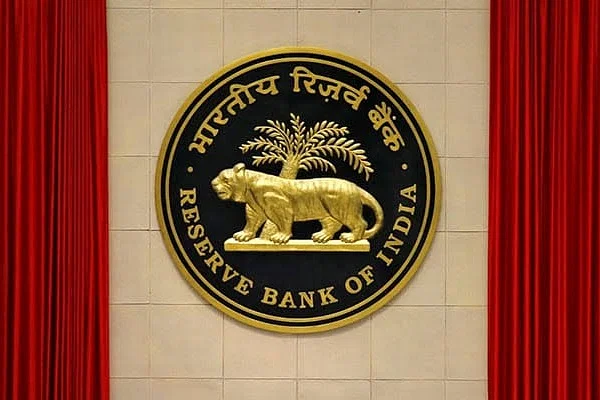In a move to streamline regulations for housing finance companies (HFCs), the Reserve Bank of India (RBI) unveiled a draft circular on Monday, proposing several changes that include higher liquid assets, reduced deposit limits, and permission for co-branded credit cards. The draft circular is part of the RBI’s ongoing efforts to align regulations for HFCs with non-banking financial companies (NBFCs).
The regulatory landscape for HFCs underwent changes with the Finance Act of 2019, which amended the National Housing Bank Act of 1987, transferring the regulation of HFCs to the RBI. Since then, the RBI has issued a series of regulations, treating housing finance companies as a category of NBFCs and gradually aligning the regulatory framework for both.
One notable proposal in the draft circular is an increase in liquid assets that deposit-taking HFCs must maintain against public deposits. Previously set at 13%, the RBI now suggests that these HFCs should maintain 15% of liquid assets against public deposits, phased in by March 31, 2025. This move is aimed at enhancing the financial stability of deposit-taking HFCs.
Deposit-taking housing finance companies that are likely to be affected by this proposal include Can Fin Homes Ltd, Cent Bank Home Finance Ltd, Aadhar Housing Finance Ltd, ICICI Home Finance Company Ltd, and LIC Housing Finance Limited, among others.
Furthermore, the RBI suggests a reduction in the ceiling on aggregate deposits for HFCs. The current limit, set at three times net owned funds, is proposed to be reduced to 1.5 times. If an HFC holds deposits in excess of the revised limit, the draft circular states that it cannot accept fresh public deposits or renew existing deposits until the quantum of public deposits falls below the revised limit. Existing excess deposits will be allowed to run off until maturity.
In a bid to further align regulations, the draft circular permits housing finance companies to issue co-branded credit cards in collaboration with scheduled commercial banks, without risk-sharing, subject to prior approval from the regulator. This move is expected to provide additional avenues for housing finance companies to expand their financial products and services.
However, not all proposals are favorable to mortgage lenders. The draft circular suggests halving the maximum deposit tenure at HFCs to five years. Existing deposits with maturities exceeding five years will be repaid according to their existing repayment profile, providing a transition period for the implementation of the proposed changes.
The proposed regulations reflect the RBI’s intention to create a consistent policy stance by harmonizing regulations applicable to HFCs and NBFCs. By recognizing the specialized nature of HFCs in catering to the housing sector, the RBI aims to strike a balance between ensuring financial stability and allowing flexibility for these institutions.
The draft circular is now open for public comments, and stakeholders, including HFCs, are expected to provide feedback before the finalization of the regulatory changes.
